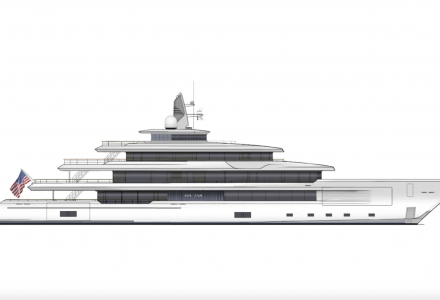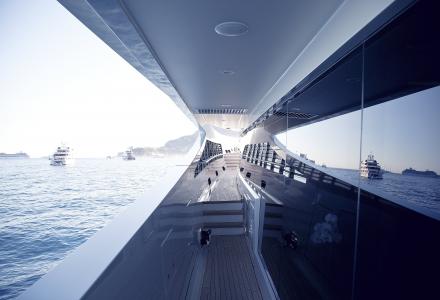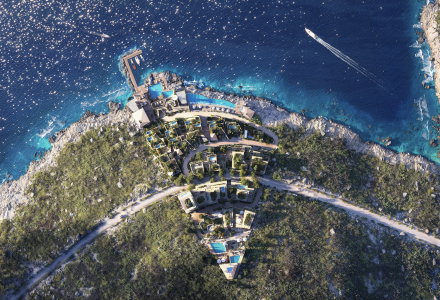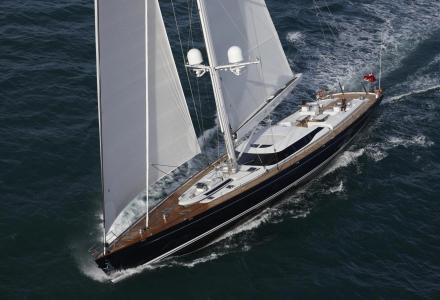The schooner Athos has been extensively converted – outside and inside – updated and optimized by Huisfit in Amsterdam. Before acquiring the 62 m Hoek-designed, Holland Jachtbouw-built Athos (2010), the new owner chartered her for a year. He fell in love with the boat but saw many ways in which it could be optimized to enhance the amenities and user experience. As the project evolved in his mind, the refit list grew.
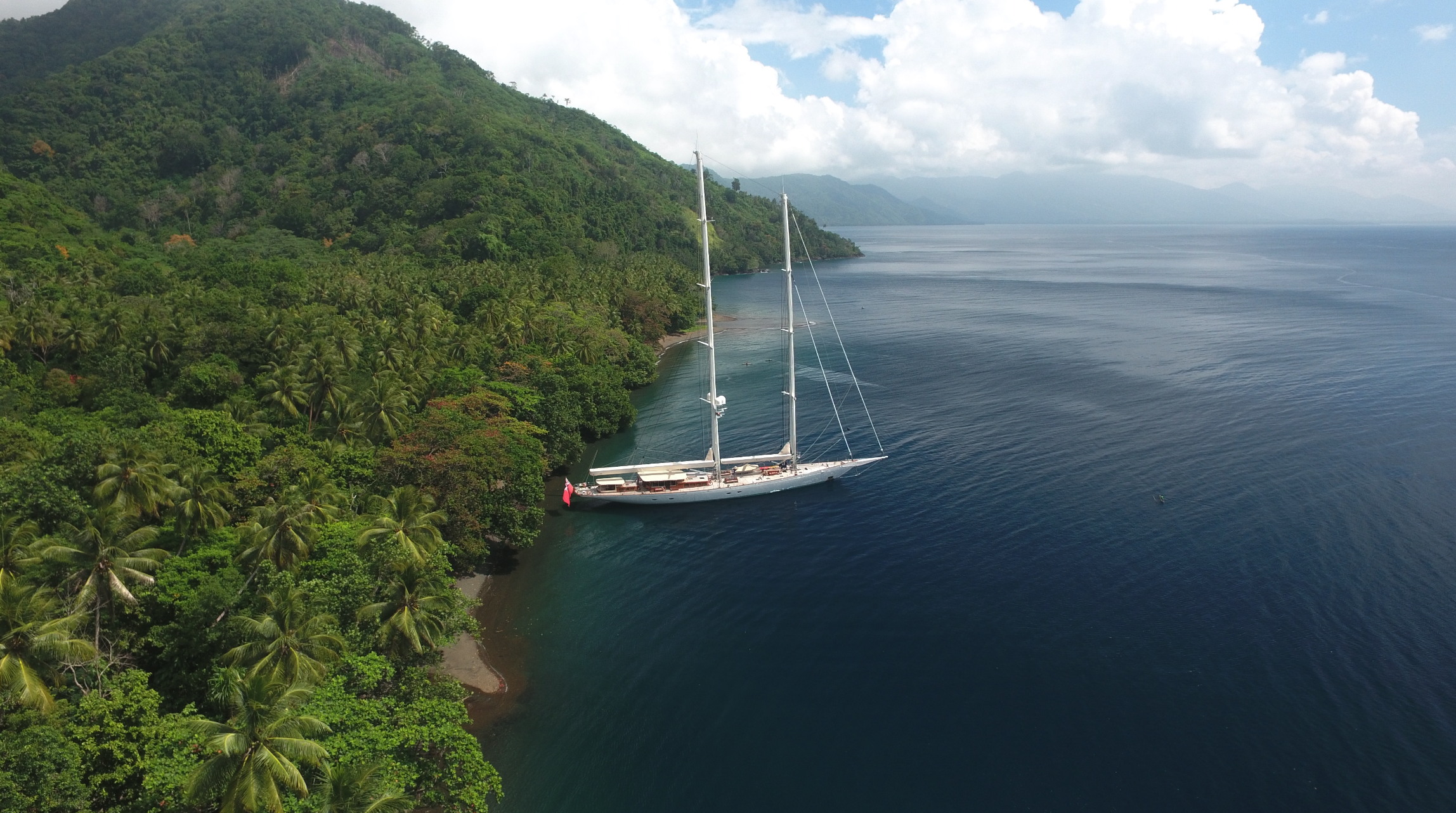
The stern overhang would be extended and, on deck, cockpit layouts had to be redesigned and a new forward navigation deckhouse had to be added. New booms, new sails and carbon rigging would ensure improved sail management and performance. All systems were to be updated. A considerable amount of the interior was to be replaced or reconfigured and updated.
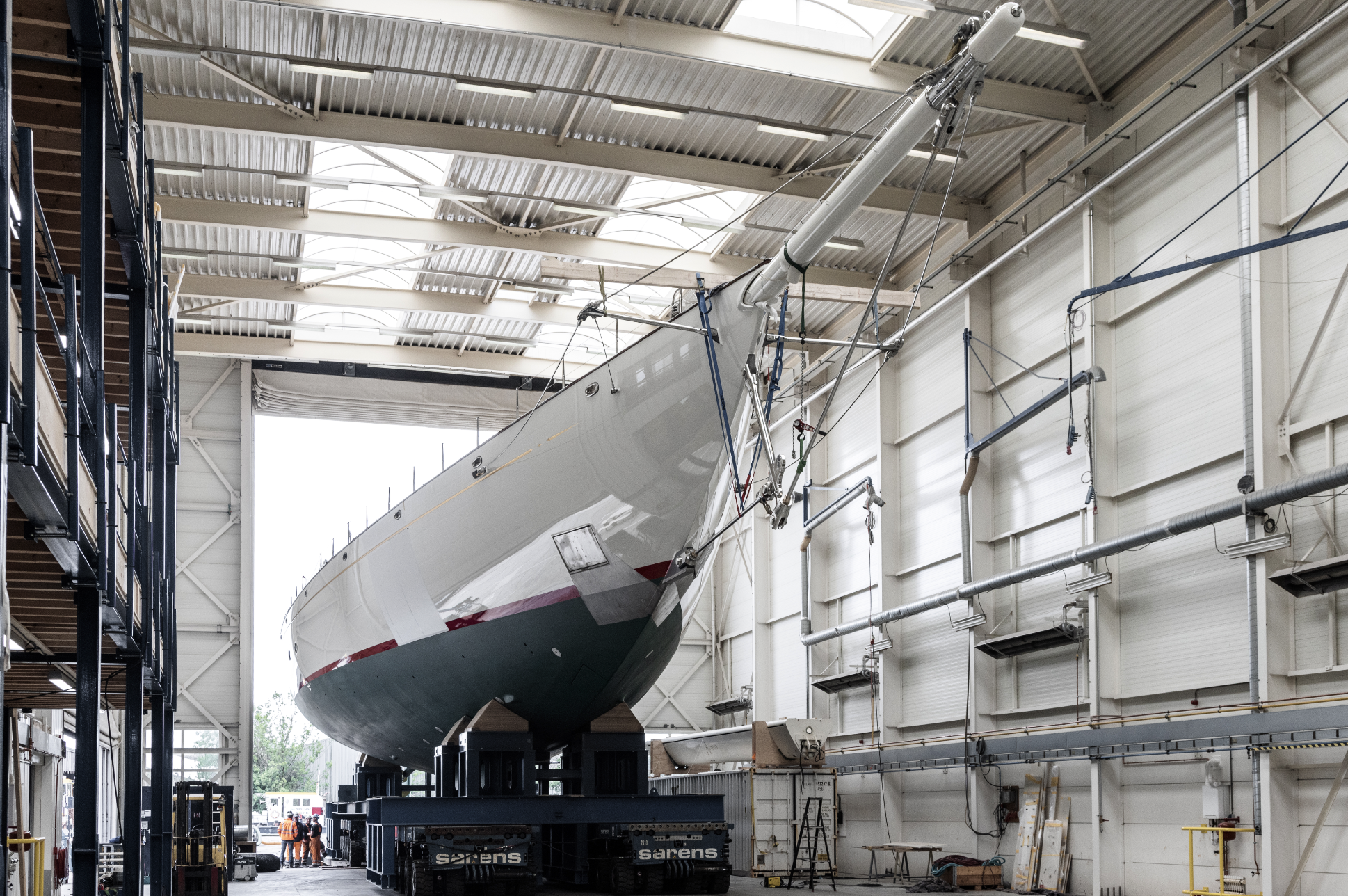
Hoek Design was again involved in all naval architecture work to accommodate these changes, the interior styling and layout of the new owner’s cabin, one of the guest cabins, the main saloon, the new crew service area and the navigation deckhouse. Peter Mikic Interiors was responsible for the layout and styling of the main deckhouse and for the overall guest interior decoration.

Athos’ stern has been extended by 1.25 meters. Yet the concave and convex curves of the new section called for exceptional skills in the design and build of the aluminum structure in order to fit perfectly into the aluminum hull. The extension, with a relocated pushpit, provides a new two-meter area for sunbeds behind the owners’ private cockpit.
The cockpit itself has been reconfigured for easier access and got extra amenities, including a fridge and icemaker. The interior layout and furnishing of the owners’ deckhouse have been updated. As a finishing touch, the new stern section has been complemented by a fine teak transom.

The main cockpit and deckhouse, aft of the mainmast, have been extensively modified to provide a true social hub for meeting and greeting, al fresco dining and relaxed leisure activity.
The new cockpit is wider and longer and can comfortably provide dining for 12 people. There is also informal seating place for guests to meet in smaller groups or find a quiet corner to enjoy a read. Coffee tables are flexibly designed in order to adjust to become coffee tables or dining tables. A bar with fridge and icemaker has been installed. Just aft of the main cockpit, re-designed dashboard consoles sit to the port and starboard of the ship’s wheel.
The main deckhouse floor has been raised to one level and provides an enhanced outlook. The entire interior, including the nav station, was taken out and a new design installed. The deckhouse looks much larger, the traffic flow is better and the natural light has improved. A new classic looking bar has been built on the portside and a couch occupies the space of the nav station, while smaller dining tables and casual seating maximize flexibility.
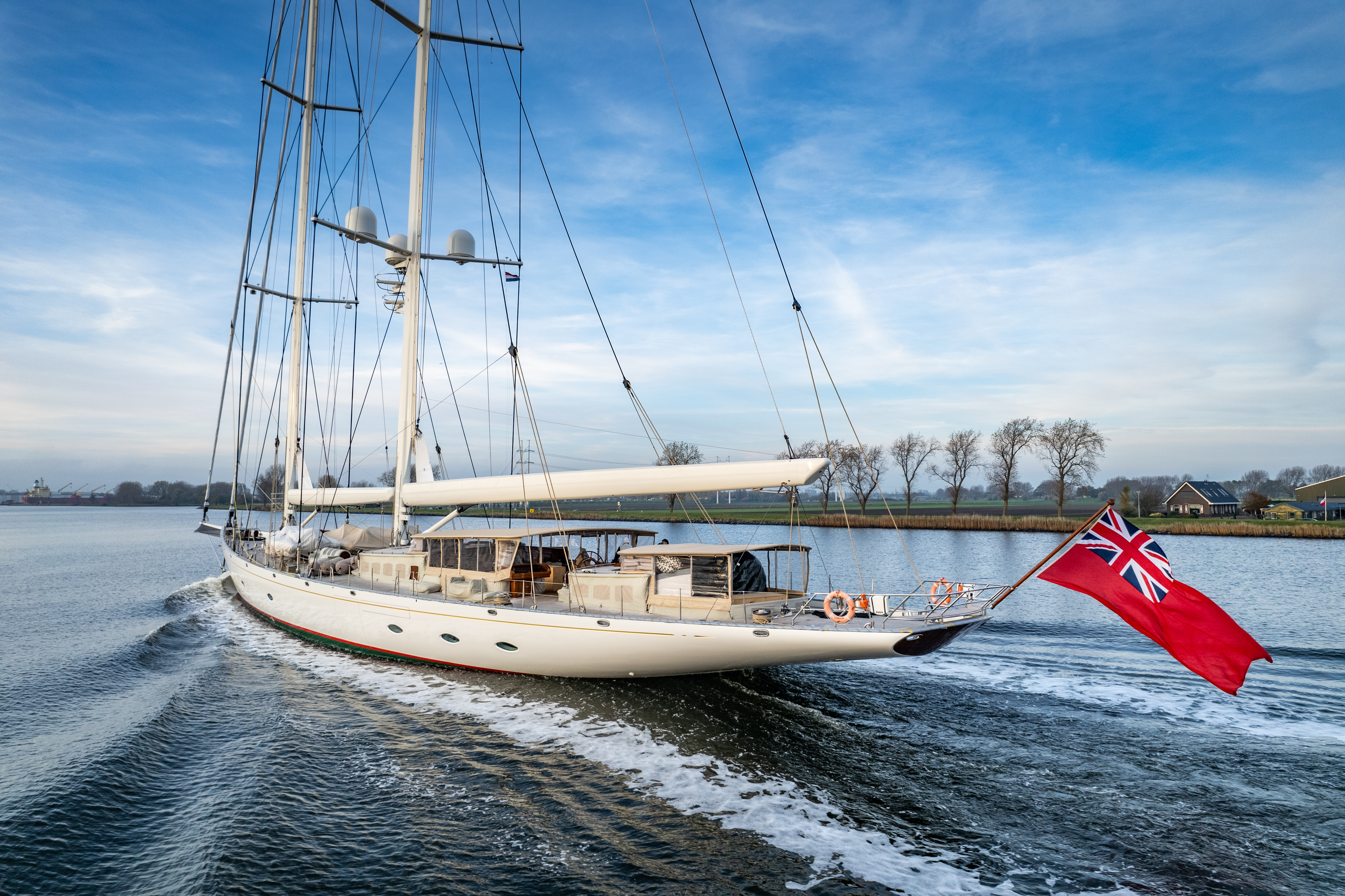
More forward the former crew companionway which gave access to the crew quarters has been replaced by a larger, third deckhouse, styled and crafted in the same style as the other deckhouses.
This houses a new navigation and secondary steering station and provides additional social space for the crew and access below. At the same time, the new design of the crew deckhouse improved the flow of the engine room ventilation system and reduced the subsequent noise considerably.
The owners’ suite has been totally stripped out, re-designed and refitted. An additional porthole was made on either side and therewith wasted space was eliminated to make full use of idle space. There are now two bathrooms in place of one and a new walk-in closet. Hard paneling has been replaced by subtle fabrics and the plank flooring has been carpeted to create a warm and tranquil ambiance.
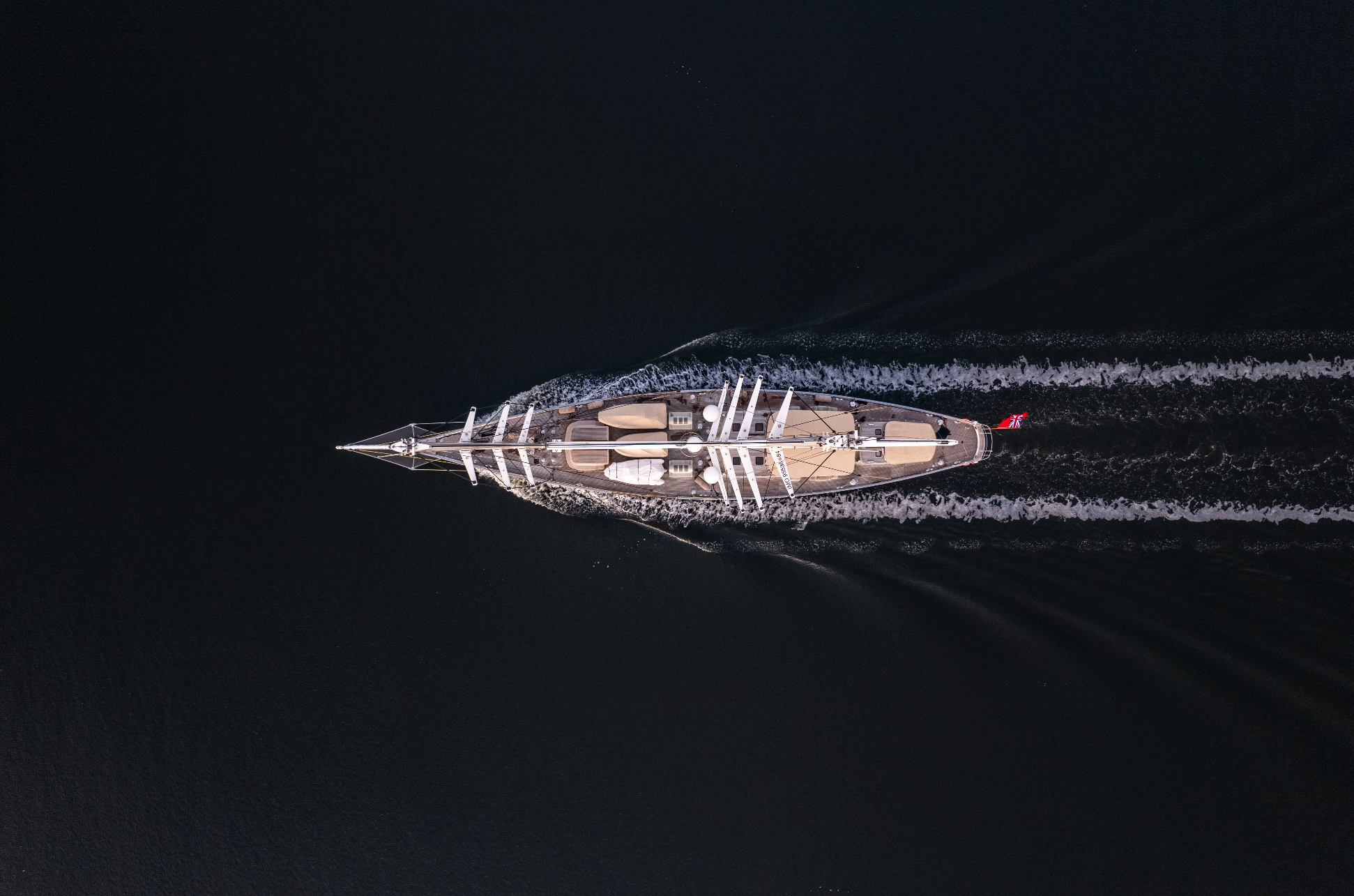
Everything inside the corridor that connects the guest cabins has been renewed – new walls, new flooring, new carpets, even a new chandelier! The biggest change in this area was the replacement of the original curved staircase to the main deckhouse with a beautifully crafted and space-liberating new stairway.
The galley to port, behind the new wall, has been custom-rebuilt and all equipment updated for modern haute cuisine practices. A stewardess station has been added meaning that there is more room in the galley for the chef.

Other enhancements include all-new navigation, alarm and safety systems and new lighting throughout. All PLCs have been changed and pumps upgraded. All guest spaces benefit from a state of the art communications and entertainment package. The main tender has been completely rebuilt and there is a new second tender. The bottom of the hull was blasted to bare aluminum before a full respray.
Royal Huisman is a Dutch shipyard established in 1884 in Ronduite, building and refitting custom luxury sailing and motor yachts at its shipyard in Vollenhove, the Netherlands.
Credits: Guy Fleury; Mike i'Anson; RedCharlie Media; Tom Van Oossanen/Royal Huisman

